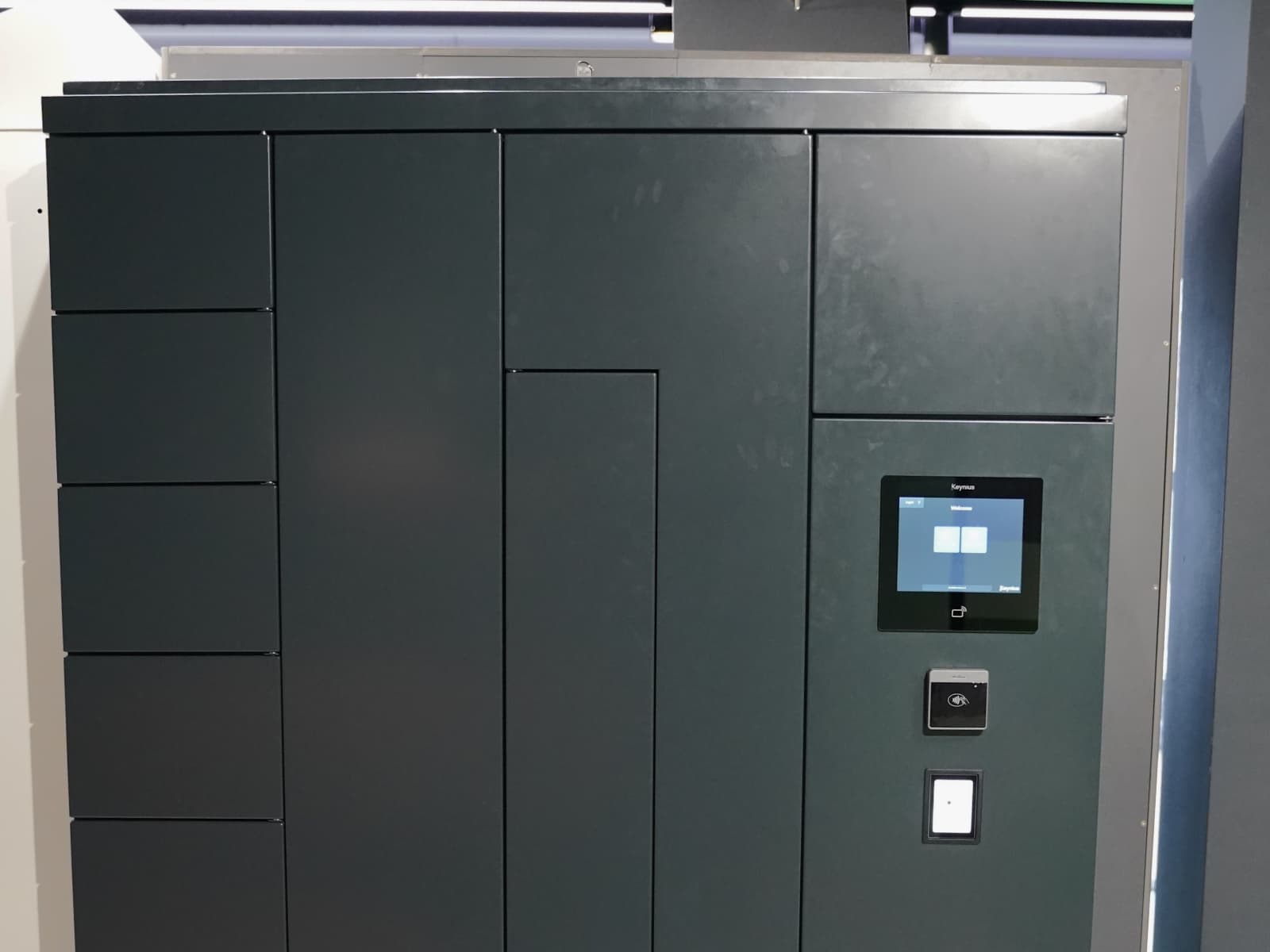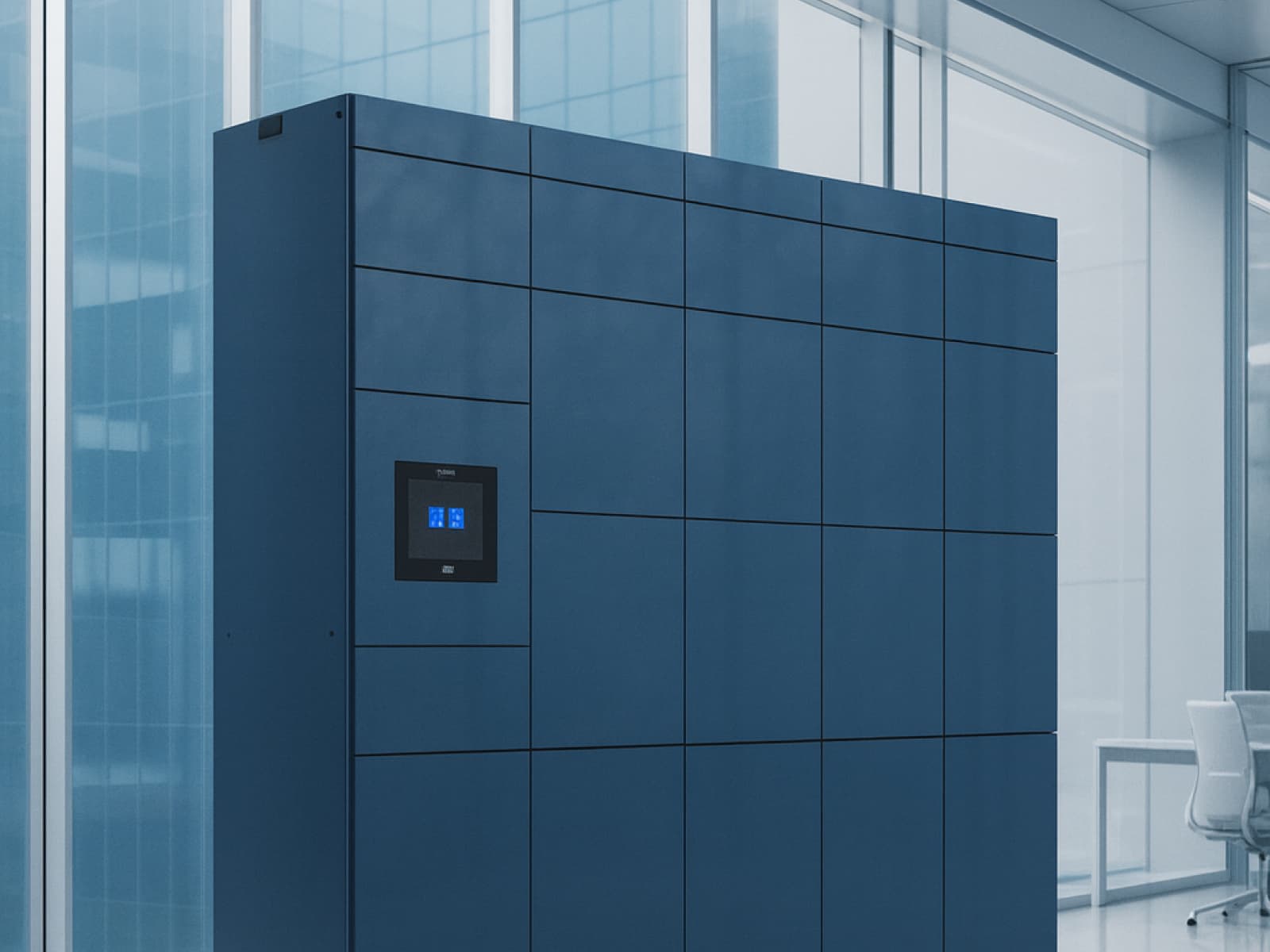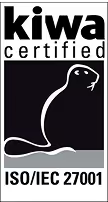Whether you’re looking for a storage locker for a busy gym or durable workplace lockers for your staff, lockers are an excellent solution to keep spaces organised and secure. In this expert guide, we’ll explain everything you need to know about selecting the right locker, from materials to configurations, ensuring you choose a solution that fits your environment perfectly.

This guide is essential for facility managers, school administrators, business owners, and architects needing insight into the best locker solutions for various environments. You’ll learn about materials, security options, configurations, and modern innovations that influence decision-making in today’s competitive locker marketplace.
1. What Is a Locker and Why Is It Essential in Modern Facilities?
A locker is a compact, lockable storage unit designed for storing personal items, valuables, or uniforms in various settings. These include schools, gyms, offices, hospitals, and factories.
In a world where space is at a premium, effective locker storage enables users to store their personal effects securely and efficiently. Whether storing mobile phones, equipment and personal effects, or uniforms, lockers provide an organised system for any environment.
Modern lockers are designed for everyday use, combining durability, security, and style.
2. Which Workplace Lockers Offer the Best Storage Solution?
Workplace lockers vary significantly in form and function. Whether in a warehouse, office or healthcare facility, selecting the right locker solution impacts staff satisfaction and productivity.
- Staff lockers are ideal for keeping personal clothing and items safe during shifts.
- Service lockers and dirty lockers provide clean and dirty garment separation, vital in hygiene-critical sectors.
Storage lockers offer a secure storage solution in environments where cleanliness, accessibility and robustness are required. Models made from durable steel or powder-coated finishes enhance longevity.
3. What Types of School Lockers Are Available Today?
School lockers come in a wide range of styles tailored to primary, secondary, and higher education facilities. They help students safely store their personal protective equipment, textbooks, or digital devices.
Popular options include:
- Compartment lockers with multiple sections per student
- Metal storage lockers for high-durability needs
- Plastic lockers suitable for wet or humid environments
Whether for a changing area or classroom corridor, school lockers must be secure, easy to maintain and age-appropriate.
4. Understanding the Value of Personal Effects Lockers and Cube Lockers
Personal effects lockers are small compartment units perfect for small items like keys, wallets, or ID cards. They are common in hospitals, labs and transport depots.
Cube lockers offer flexible configurations and are ideal for environments with multi-compartment storage needs, such as libraries and break rooms.
These lockers are perfect where space constraints exist, and a smaller storage unit is needed for fast access.

5. How Secure Are Your Lockers? Choosing the Right Lock Systems
The lock system is central to the security of any locker installation. Common options include:
- Cam locks
- Padlock hasp & staple
- Digital locks
- Coin return locks
High-security environments may need RFID or smart lock systems, especially in areas storing personal belongings or high-value items like laptops. A good supplier will offer a wide range of locking options to match operational needs.
6. What Are PPE Lockers and Why Are They Crucial for Staff Safety?
PPE lockers are specially built to store their personal protective equipment in a hygienic and organised manner. These are critical in healthcare, manufacturing and food production industries.
Typically, ppe lockers include:
- Clear signage for segregation
- Ventilation systems
- Separate compartments for clean/dirty gear
This ensures compliance with health and safety regulations and maintains staff safety and workflow efficiency.
7. Comparing Metal Lockers vs Plastic Lockers: What’s Right for You?
Metal lockers offer strength and longevity, making them ideal for workplace storage and school environments. Available in powder coated or stainless finishes, they withstand rigorous everyday use.
Plastic lockers, on the other hand, are resistant to moisture and corrosion, making them ideal for wet area lockers in leisure centres or poolside changing rooms.
Selecting the correct material depends on environmental conditions, frequency of use and desired lifespan.
8. Smart Options: Laptop Lockers, Charging Lockers and Express Lockers
Modern needs demand innovative storage:
- Laptop lockers come with built-in charging ports, ideal for schools and offices.
- Charging lockers allow secure charging of mobile devices in public spaces.
- Express lockers are suited for fast parcel collection or shift transitions.
These tech-integrated options combine safety with convenience in fast-paced settings, including retail and transportation.
9. Customisation Features: From Laminate Door Lockers to Perforated Door Lockers
Aesthetics, hygiene, and airflow all play a role in locker design today. Customisable features include:
- Laminate door lockers for premium, anti-bacterial finishes
- Perforated door lockers to improve airflow and reduce odour
- Sloping top designs to prevent dust accumulation
Other advanced types include wire mesh lockers and perforated lockers, commonly used in police, military or construction sectors for quick inspection access.
Laminate lockers not only enhance aesthetics but also incorporate anti-bacterial coating for hygiene-critical zones like food prep and medical areas.
[embed]https://youtu.be/nDd3h4BALvc?si=PcDF5MYzaogzJUCU[/embed]
10. Frequently Asked Questions About Lockers and Maintenance
Q1. Are all lockers customisable?
Yes. A proud locker manufacturer will offer tailored sizes, finishes, lock types and configurations for any facility. Ask the sales team about bespoke options.
Q2. What are executive lockers used for?
Executive lockers are premium solutions used in corporate or VIP environments. These often feature wood veneers, digital lock systems, and luxury laminate options.
Q3. Are post box lockers the same as traditional mail systems?
Yes, but modern post box units allow secure, compartmentalised mail delivery in office buildings or student accommodations.
Q4. Are locker rooms safe?
Yes, provided the correct lock systems and materials are chosen. Lockers are robust when made from steel lockers or durable steel variants.
Q5. Do you offer UK delivery?
Most reputable locker suppliers in the UK offer UK delivery for both standard and custom orders.
FAQ about Smart Lockers
How does the Keynius locker system work?
Keynius lockers combine smart electronic locks - smart locks and battery locks - with cloud-based software and optional local controllers via our Smart Home Teacher and Students.
Locks connect via LAN or Bluetooth to the Keynius platform, allowing users to authenticate, open, and manage lockers through touchscreens, RFID, PIN, or mobile app.
Admins control access rights, monitor usage, and configure lockers remotely via the Keynius Portal.
Can I customize the locker design and materials?
Yes. We are the only smart locking provider that owns every part of our supply chain, which includes all components, hardware, cabinetry, and software. This allows us to offer the most customizable smart lockers in the industry.
Lockers are available in multiple materials and colors:
Steel, powder-coated in standard RAL colors.
Wood-based panels with extensive Egger color finishes.
HPL laminate for high-durability indoor/outdoor use.
Outdoor waterproof steel version.
Each locker supports optional side panels, bases, benches, and color branding, or vinyl wrapping, as well as your selection of lock type, connection type, and many other custom add-ons.
Is the platform cloud-based or do I need local servers?
The Keynius platform is fully cloud-managed, requiring no local servers. Hardware like Smart Home Teacher/Student units and Battery Locks connect to the cloud via LAN or Bluetooth and are configured through the Keynius Portal or App.
What authentication/access methods are supported?
Supported authentication methods include:
PIN (capacitive keypad or mobile-assigned)
RFID (MiFare, HID, NFC, Apple Wallet)
Mobile app (BLE) for remote and Bluetooth access
QR code scanning (QR Reader IP65)
Payment terminals can optionally authenticate via debit/credit contactless systems.
How secure is the system and where is the data hosted?
Hardware is certified to CE, FCC, UKCA, and RoHS standards, with IP-rated protection up to IP65 for outdoor units.
Locks feature encryption, motorized mechanisms, and mechanical overrides for fail-safe access.
All data, including access logs and credentials, is stored securely in Keynius’ EU-hosted cloud environment compliant with European data protection standards.
Can Keynius integrate with our existing software?
Yes. The system offers open APIs for integration with HR, facility, payment, or booking systems. Payment terminals support remote configuration through the Terminal API.
View our existing integrations here.
What industries or use cases is Keynius suitable for?
Keynius offers a modular, flexible design which makes it compatible for nearly every industry and use-case.
Our most common sectors include:
- Corporate offices (personal storage, hybrid desks)
- Education (student lockers, IT device storage)
- Logistics and retail (parcel and click and collect)
- Leisure, hospitality, and healthcare (staff or visitor lockers)
What’s included in the setup and onboarding process?
Every project is different and requires its own scope, but we strive to offer a consistent and repeatable solution as much as possible to streamline our effectiveness and the quality of service we're able to deliver.
1. Design phase: Configure cabinet models, lock types, and finishes.
2. Installation: Connect Smart Locks to the Smart Home or cloud (plug-and-play).
3. Software setup: Locker walls created in the Keynius Portal; access rights assigned.
4. Training: Admins and users onboarded via the app guide.
5. Support: Remote monitoring, software updates, and Keynius support line.









%201.svg)
%201.svg)
